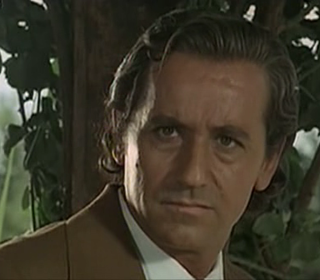
Alberto Manuel Rodríguez-Gallego González de Mendoza was an Argentine film actor who appeared in some 114 films between 1930 and 2005, spanning eight decades.
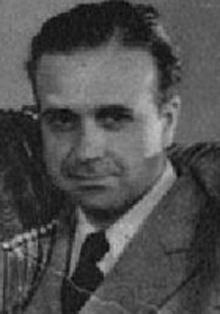
Carlos Francisco Borcosque Sánchez was a Chilean film director and screenwriter involved in the production of the Cinema of Argentina.
Leopoldo Torres Ríos was an Argentine film director and screenwriter. His brother Carlos Torres Ríos was a notable cinematographer. His son was the film director and screenwriter Leopoldo Torre Nilsson.

Enrique Carreras was a Peruvian-born Argentine film director, screenwriter and film producer, and was one of the most prolific film directors in the history of the Cinema of Argentina.

Roque Funes was the most prolific Argentine cinematographer in the history of the Cinema of Argentina whose career spanned over 40 years of cinema.
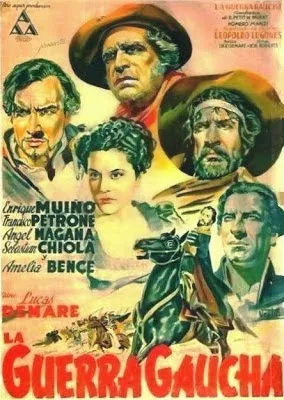
The Gaucho War is a 1942 Argentine historical drama and epic film directed by Lucas Demare and starring Enrique Muiño, Francisco Petrone, Ángel Magaña, and Amelia Bence. The film's script, written by Homero Manzi and Ulyses Petit de Murat, is based on the novel by Leopoldo Lugones published in 1905. The film premiered in Buenos Aires on November 20, 1942 and is considered by critics of Argentine cinema to be one of the most successful films in history. It won three Silver Condor awards, including Best Film, Best Director, and Best Adapted Screenplay, given by the Argentine Film Critics Association at the 1943 Argentine Film Critics Association Awards for the best films and performances of the previous year.

Guillermo Battaglia was a prolific Argentine film actor of the classic era of Argentine cinema.

Alberto Closas Lluró was a prolific Spanish film actor who appeared in the Cinema of Argentina in the 1940s and 1950s and in Spanish cinema after 1955.

Héctor Calcaño was an Argentine film actor. He appeared in nearly 70 films between 1933 and 1968.

Antonio Román was a prolific Spanish film director, screenwriter, film producer.

Enrique Serrano (1891–1965) was an Argentine actor and comedian in the 1940s and 1950s.

Ángel Magaña was an Argentine film actor who appeared in some of Argentina's notable films of the 1930s, 1940s and 1950s.

Jorge Salcedo was a popular Argentine actor of radio, television and feature films, who appeared in film between 1941 and 1980.
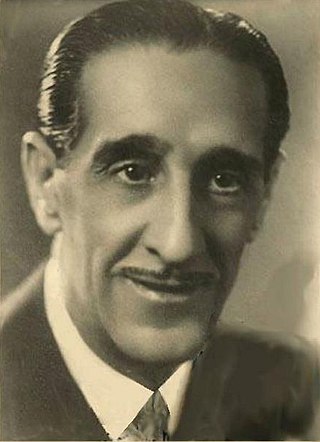
Antonio García-Riquelme Salvador, better known as Antonio Riquelme, was a Spanish film actor. He appeared in more than 140 films between 1911 and 1967.

René Mugica was an Argentine actor, film director and screenwriter. He appeared in 13 films between 1940 and 1953. He also directed ten films between 1961 and 1971.
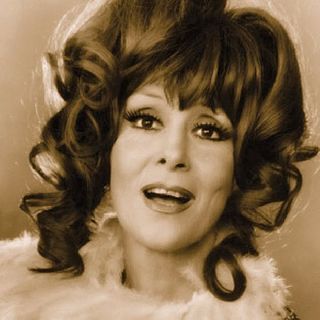
Graziosa Maggi, better known as Diana Maggi, was an Italian-born Argentine film, television, radio, and stage actress who was known for starring in the 1950 film Campeón a la fuerza.
Carlos Orellana Martínez was a Mexican actor, film director and screenwriter.
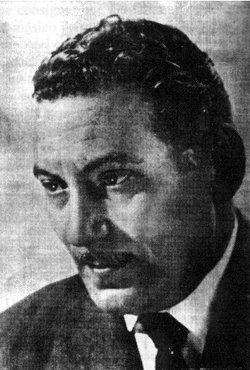
Alberto Amado Ribero, known professionally as Tito Ribero, was an Argentine film score composer, composer, singer, and musician. In addition to having his own orchestra, he provided the film scores to over 200 movies, at his most prolific in the 1950s and 1960s. For Del otro lado del puente he won the Silver Condor Award for Best Original Score from the Argentine Academy of Cinematography Arts and Sciences in 1953.
Aurelia Ferrer was an Argentine film actress. She appeared in around forty films, generally in supporting roles.

Estudios San Miguel was an Argentine film studio that was active in the 1940s and early 1950s. It flourished during the golden age of Cinema of Argentina, and at its peak was one of the major studios in Buenos Aires. Genres ranged from musical comedy to costume drama and gaucho thriller. Films included La guerra gaucha, co-produced with Artistas Argentinos Asociados, and the comedy Juvenilia (1943), both of which won several major awards. Eva Duarte, soon to become the first lady of Argentina as Eva Perón, appeared in two of the studio's films in 1945. The studio became overextended financially and ceased production after 1952.


















